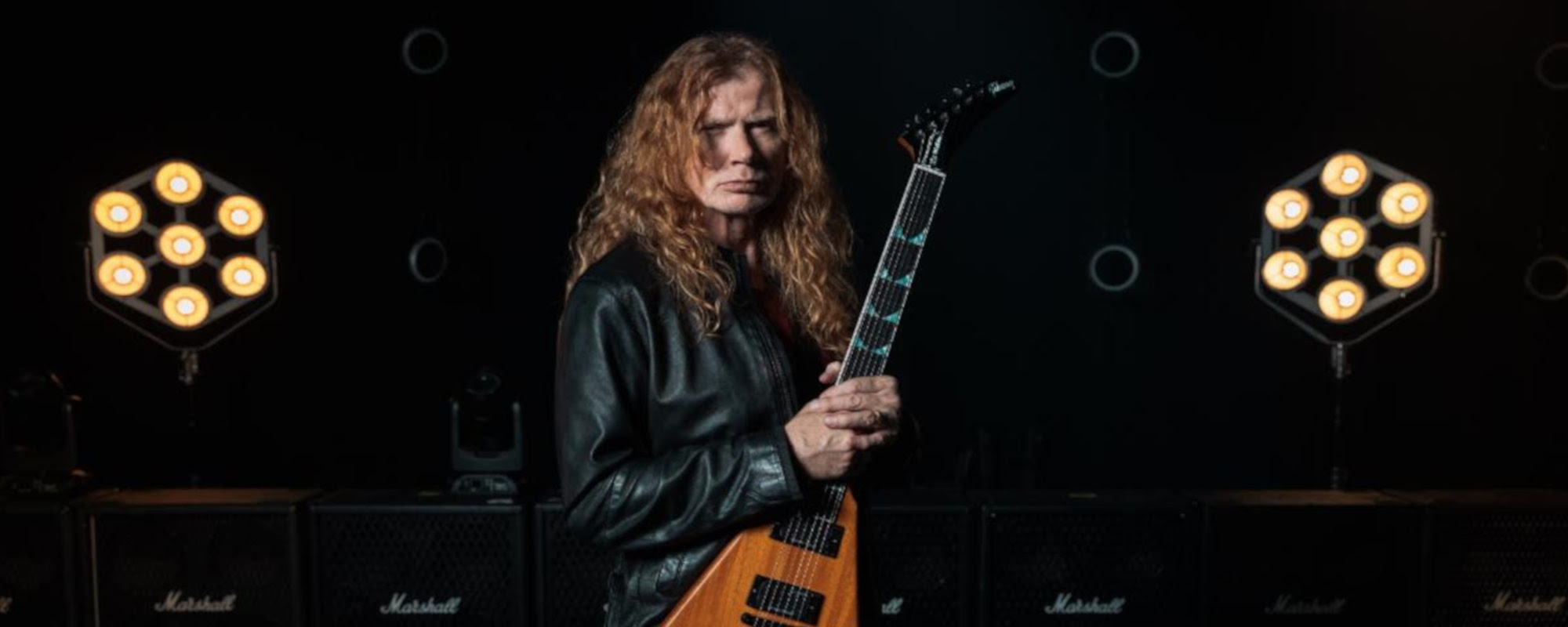These days, an authentic Gibson WWII banner guitar is a highly sought-after vintage. But for a brief moment in the company’s history, the guitar manufacturer kept the women responsible for making these iconic instruments hidden away. In fact, Gibson went so far as to claim that those wartime guitars never existed in the first place. The company had switched to producing material for the WWII effort, just like every other major manufacturer in the country.
Videos by American Songwriter
And sure, Gibson did help produce some munitions to support the “boys overseas.” But their guitar production was still underway, too. Hundreds of Kalamazoo Gals could confirm that long-lost fact.
The Figures Behind The Iconic Gibson WWII Guitars
Roughly 16,000,000 men and women (the vast majority being men) served in the U.S. Armed Forces during World War II. Women who stayed home joined the wartime effort in other ways, manufacturing munitions á la their fictional figurehead, Rosie the Riveter. Even companies that didn’t normally produce military equipment switched to this production effort. That included guitar companies that ceased guitar manufacturing to focus their efforts on machinery, ammunition, and more. Gibson managed to eke out both with the help of the Kalamazoo Gals, a group of over 200 women responsible for building guitars between 1942 and 1946.
The guitars these women built were known as “Banner” guitars. They were named for the gold banner on the headstock with the phrase, “Only a Gibson is Good Enough.” The original Banner models included the J-50, J-45 Jumbo, LG-2, LG-3, LG-1, and the SJ Southerner Jumbo. Women assembled guitars, wound strings, and inspected the instruments before they left the factory. The Kalamazoo Gals, named by historian John Thomas after Glenn Miller’s song, “I’ve Got a Gal in Kalamazoo,” produced around 25,000 guitars.
But when the war was finally over and “normal” production resumed at the Gibson factory, the company effectively wiped the female-led workforce from its history. Gibson’s advertisements implied that the guitars could finally be produced again now that the war was over, implying that there weren’t hundreds of women sculpting bridges and gluing headstocks while WWII raged overseas. The company claimed that the guitars that did come from the factory during WWII were made by men who were too old to serve in the military.
An Unfortunate Consequence Of The Company’s Decision
The facts surrounding Gibson’s elimination of the Kalamazoo Gals from its company history differ depending on which account you hear. Some historians say Gibson never flat-out denied the presence of women in the factory. Others posit that the manufacturer opted out of admitting that women built the guitars out of fear that the company would lose credibility with its customers. Remember, this was the late 1940s. Women had only just earned the right to vote two decades prior. Women’s liberation was still a distant dream.
Of course, hindsight is 20/20. If the times had been different, perhaps the manufacturing company could have leaned into the women-built guitars as a way to encourage girls and women to start playing, too. Maybe it would have led to a more gender-integrated music industry. Nevertheless, these musings won’t change the course of history. And generally speaking, the women behind the Gibson WWII banner guitars enjoyed their brief time at the helm of the instrument production lines. “We liked our work,” former Gibson employee Irene Stearns told She Shreds magazine. “We enjoyed each other, [and] we got a lot more pay than some jobs that were out there.
“At a flea market one time, my daughter and I saw some Gibson strings. They were in the little bags in the boxes like I used to put them in. We bought them, and when I looked at them, they were terrible! I said, ‘Oh, my gosh, I would never dare to turn these strings in. They would have been thrown away if I’d made them. I am proud that I made good ones. We did good work.”
The rare guitars from this era of Gibson history that are for sale can retail well above $20,000.
Photo by DW art/Shutterstock













Leave a Reply
Only members can comment. Become a member. Already a member? Log in.